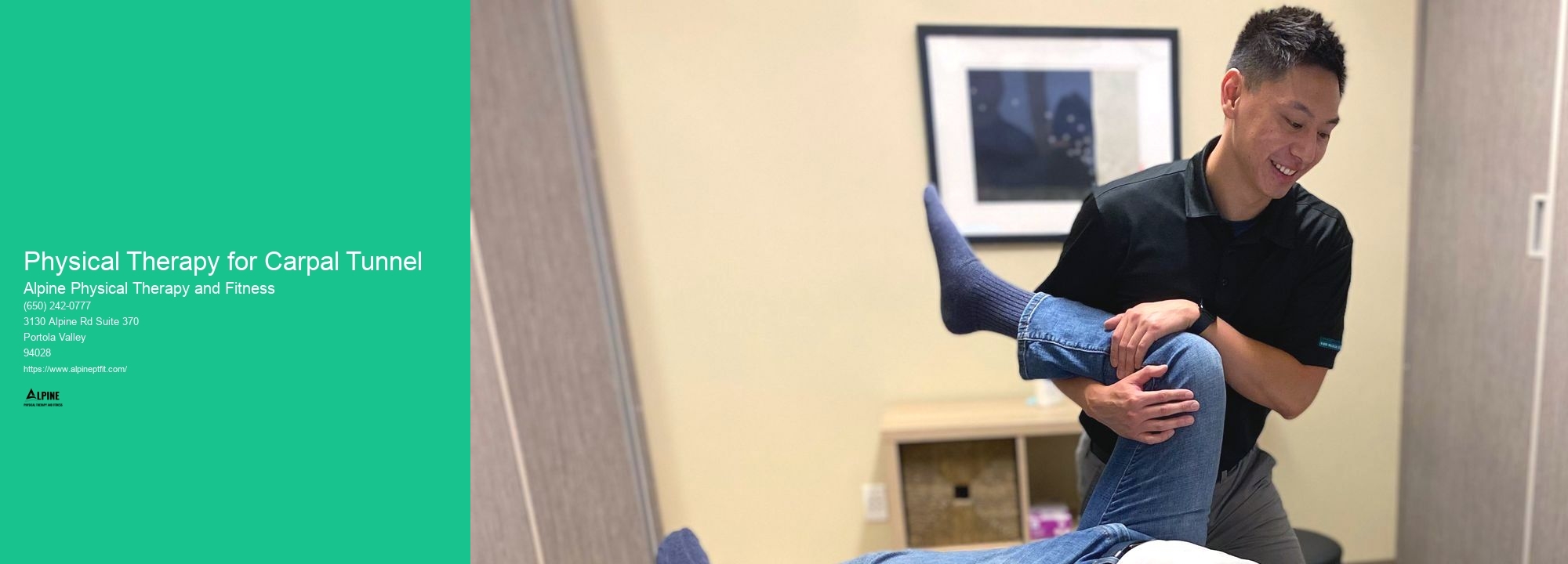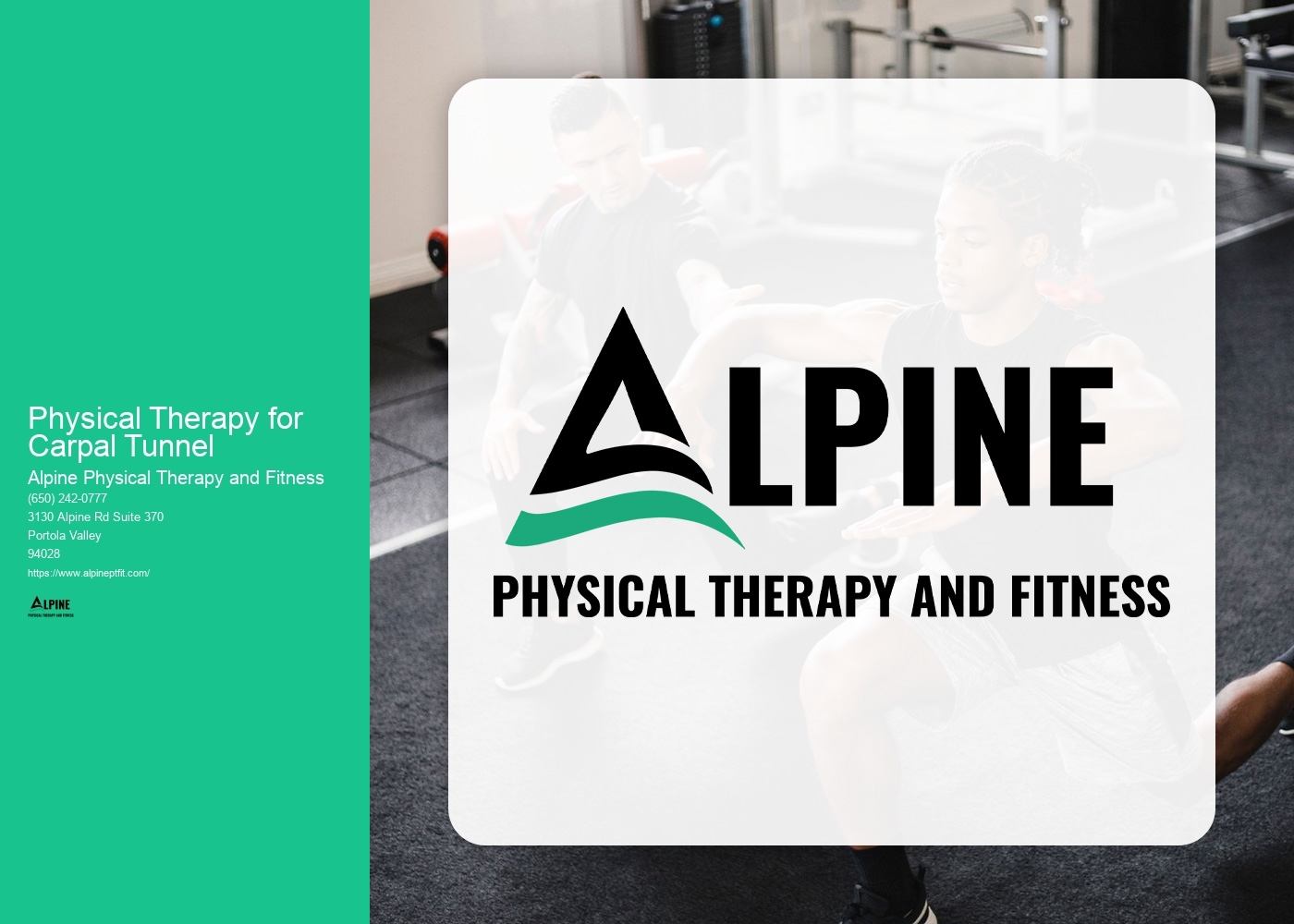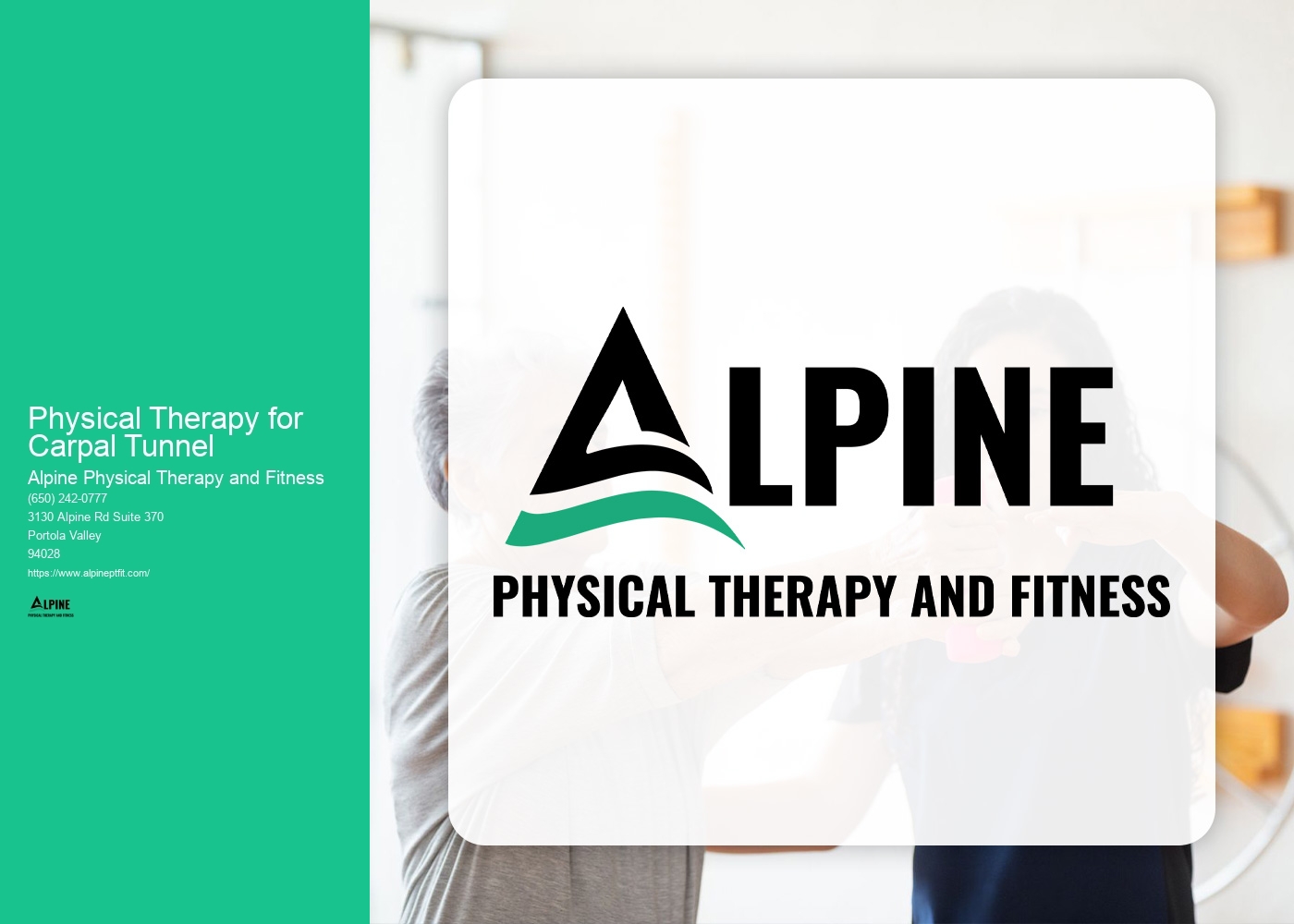

Carpal tunnel syndrome is a condition that affects the hand and wrist. It occurs when the median nerve, which runs from the forearm to the hand, becomes compressed or squeezed as it passes through the carpal tunnel in the wrist. The carpal tunnel is a narrow passageway made up of bones and ligaments. When the median nerve is compressed, it can cause pain, numbness, and tingling in the hand and fingers.
The common symptoms of carpal tunnel syndrome include pain, numbness, and tingling in the hand and fingers. These symptoms often occur in the thumb, index finger, middle finger, and half of the ring finger. Some individuals may also experience weakness in the hand and a tendency to drop objects. The symptoms of carpal tunnel syndrome can vary in severity and may be worse at night or during activities that involve repetitive hand movements.
Carpal tunnel syndrome is typically diagnosed through a combination of physical examination and diagnostic tests. During the physical examination, a healthcare provider will assess the individual's symptoms, perform tests to evaluate hand strength and sensation, and check for any signs of nerve compression. Diagnostic tests, such as nerve conduction studies and electromyography, may also be used to measure the electrical activity of the nerves and muscles in the hand and arm.

Treatment options for carpal tunnel syndrome depend on the severity of the symptoms. In mild cases, conservative treatments may be recommended. These can include wrist splinting to immobilize the wrist and reduce pressure on the median nerve, nonsteroidal anti-inflammatory drugs (NSAIDs) to reduce pain and inflammation, and activity modification to avoid activities that worsen symptoms. In more severe cases, corticosteroid injections may be used to reduce inflammation and relieve symptoms. In some cases, surgery may be necessary to relieve pressure on the median nerve.
Physical therapy can be an effective treatment option for carpal tunnel syndrome. A physical therapist can provide exercises and techniques to help improve hand and wrist strength, flexibility, and function. These may include stretching exercises to improve flexibility, strengthening exercises to improve muscle support around the wrist, and nerve gliding exercises to help reduce nerve compression. Additionally, a physical therapist may provide education on proper ergonomics and body mechanics to prevent further strain on the wrist and hand.

The specific exercises and techniques used in physical therapy for carpal tunnel syndrome can vary depending on the individual's symptoms and needs. Some common exercises may include wrist stretches, finger stretches, and hand strengthening exercises using resistance bands or hand grippers. Additionally, a physical therapist may teach techniques such as nerve gliding exercises, which involve gently moving the affected nerve to reduce compression and improve mobility.
The timeline for improvement with physical therapy for carpal tunnel syndrome can vary depending on the individual and the severity of their symptoms. Some individuals may experience relief and improvement within a few weeks of starting physical therapy, while others may require several months of consistent therapy to see significant improvement. It is important to follow the guidance of a physical therapist and adhere to the prescribed exercises and techniques to optimize the chances of improvement. Regular communication with the physical therapist can help track progress and make any necessary adjustments to the treatment plan.

Physical therapy plays a crucial role in the management of temporomandibular joint (TMJ) disorders by providing targeted interventions to alleviate pain, improve jaw function, and enhance overall quality of life. Through a comprehensive assessment, a physical therapist can identify the specific impairments and functional limitations associated with TMJ disorders, such as limited jaw mobility, muscle imbalances, and joint inflammation. Based on this evaluation, a personalized treatment plan is developed, which may include a combination of manual therapy techniques, therapeutic exercises, and modalities. Manual therapy techniques, such as joint mobilizations and soft tissue mobilizations, aim to restore normal joint mechanics and reduce muscle tension. Therapeutic exercises focus on strengthening the muscles around the jaw, improving jaw stability, and promoting proper alignment. Additionally, modalities like heat or cold therapy, ultrasound, and electrical stimulation may be used to reduce pain and inflammation. By addressing the underlying causes of TMJ disorders and promoting optimal jaw function, physical therapy helps individuals regain pain-free jaw movement, improve chewing and speaking abilities, and ultimately enhance their overall well-being.
Patients with bursitis are recommended to engage in a variety of exercises that can help alleviate symptoms and promote healing. Low-impact exercises such as swimming, cycling, and walking are often suggested as they minimize stress on the affected joints. Strengthening exercises that target the muscles surrounding the affected area, such as leg lifts, squats, and lunges, can also be beneficial. Additionally, stretching exercises that focus on improving flexibility and range of motion, such as yoga or Pilates, may help reduce pain and inflammation. It is important for patients to consult with a healthcare professional or physical therapist to determine the most appropriate exercises for their specific condition and to ensure proper form and technique.
Physical therapy plays a crucial role in postpartum rehabilitation by providing specialized care and treatment to help women recover from the physical changes and challenges that occur after childbirth. The primary goal of postpartum physical therapy is to restore and improve the function and strength of the pelvic floor muscles, abdominal muscles, and other areas of the body that may have been affected during pregnancy and childbirth. Physical therapists use a variety of techniques, such as pelvic floor exercises, manual therapy, and therapeutic exercises, to address issues like pelvic pain, urinary incontinence, diastasis recti, and musculoskeletal pain. Additionally, physical therapy can help women regain their pre-pregnancy fitness level, improve posture, and prevent future injuries. By providing individualized treatment plans and education, physical therapists empower women to regain control of their bodies and enhance their overall well-being during the postpartum period.
Physical therapy can be an effective treatment option for alleviating symptoms of thoracic outlet syndrome. By utilizing a combination of exercises, stretches, and manual therapy techniques, physical therapists can help improve posture, increase range of motion, and strengthen the muscles in the affected area. Additionally, physical therapy can help reduce pain and inflammation, improve blood flow, and address any underlying muscle imbalances or postural abnormalities that may be contributing to the condition. Through a personalized treatment plan, physical therapy can provide relief and improve overall function for individuals with thoracic outlet syndrome.
Physical therapy can be beneficial for individuals with chronic obstructive pulmonary disease (COPD). COPD is a progressive lung disease that can cause difficulty breathing and reduced lung function. Physical therapy interventions, such as exercise training, breathing exercises, and airway clearance techniques, can help improve lung function, increase exercise tolerance, and enhance overall quality of life for individuals with COPD. Exercise training programs can include aerobic exercises, strength training, and flexibility exercises, which can help improve cardiovascular fitness, muscle strength, and joint mobility. Breathing exercises, such as pursed lip breathing and diaphragmatic breathing, can help individuals with COPD improve their breathing patterns and increase their lung capacity. Airway clearance techniques, such as chest physiotherapy and postural drainage, can help clear mucus from the airways and improve lung function. Overall, physical therapy can play a crucial role in the management of COPD by helping individuals improve their respiratory function, reduce symptoms, and enhance their ability to perform daily activities.